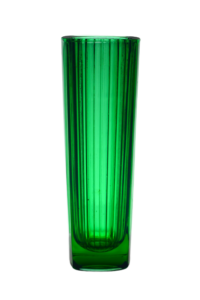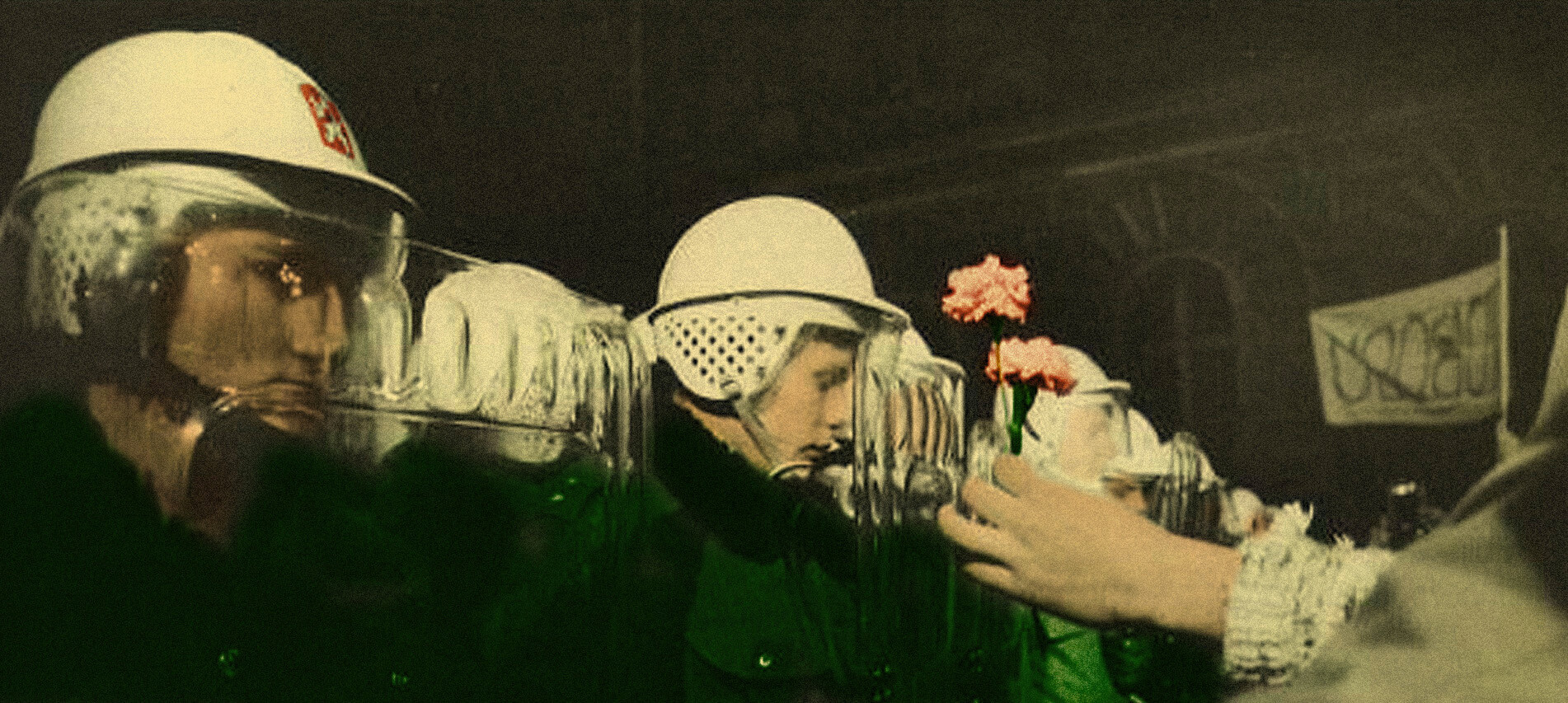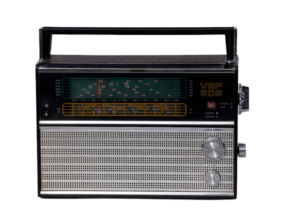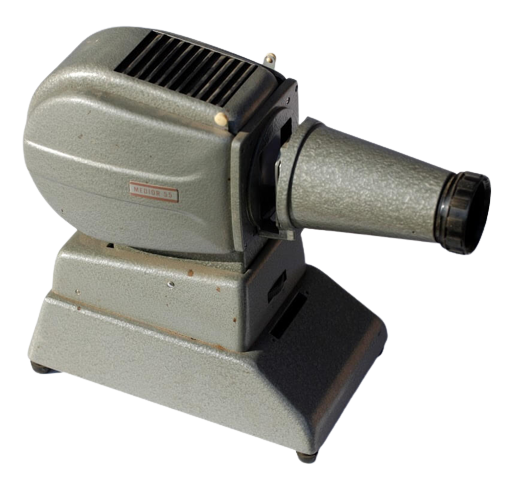Read engaing memoirs about ordiner life in communist Czechoslovakia
#1. Packed with captivating photos and real-life memories
#2. Easy-to-read ebook written in engaging style
#3. Your purchase helps us to grow the project
Availalbe shortly 🙂

MADE IN Czechoslovakia
Unique
One of the main goals of communist regime was to create products that were functional, practical, and affordable for the masses. The government placed a high value on efficiency and standardization, and design was often subordinated to the needs of mass production.
Despite these limitations some notable, unique works during the communist era was produced.

Despite the limitations imposed by the communist system Jindřich Halabala was able to designed a wide range of chairs, tables, and cabinets in the functionalist style and make important contributions to the development of Czechoslovakian furniture design
Velorex is three wheeled car that was produced between 1953 and 1971. Built on a frame of welded steel tubing, the Velorex’s “bodywork” consists of vinyl stretched over the “cage”. The car was fitted with a rear-mounted Jawa two-stroke air-cooled motorcycle engine,

Jirak furniture design were characterized by clean lines, simple forms, and innovative use of materials. He was particularly known for his use of bentwood, which he used to create curved, flowing shapes that were both elegant and comfortable. His designs were also notable for their adaptability and versatility, with many pieces featuring modular elements that could be rearranged to suit different needs and spaces.



Mechanical toys were fascinating playthings that used clockwork mechanisms, which were made up of gears and springs that worked together to create movement. These toys were produced in large quantities and were well known for their high-quality craftsmanship and durability.

Wooden toys were designed to be both durable and aesthetically pleasing. These toys continue to be cherished by those who grew up during communism in Czechoslovakia

Plastic toys were typically made from injection-molded plastic and were designed to resemble real cars, trucks, and other vehicles. Many toys encouraged children to use their imaginations and engage in imaginative play, which was seen as important for developing creativity and critical thinking skills.

Doll troley was a miniature version of a real baby carriage, and it was designed to transport dolls and other toys.

TOYS
Toys for children of all ages
The toy industry in Czechoslovakia has had a thriving history and provided children of all ages with a wide variety of toys suitable for their play. These included building sets, mechanical toys, board games, model kits, dolls, teddy bears …

Board games were designed to stimulate children’s cognitive and problem-solving skills, and they were often used in schools and kindergartens. There was a great deal of time spent playing board games among families.
PROPAGANDA
Mass Propaganda
Communist propaganda heavily influenced public opinion by many means to see the communist world as positive and west as negative.
The Velvet Revolution was a non-violent transition of power in November 1989 marking the end of communism in Czechoslovakia.
Public opinion was heavily influenced by state-controlled propaganda to view the communist eastern world as positive and the western capitalist world as negative.

The communists were worshipped as heroes and exploited as propaganda for the regime.

The Spartakiads were mass gymnastics events designed to celebrate the Red Army’s liberation of Czechoslovakia in 1945. It was held every five years with thousands performing choreographed feats, emphasizing the importance of the group over the individual.

The Velvet Revolution was a non-violent transition of power in November 1989 marking the end of communism in Czechoslovakia.

A pioneer movement was an organization for young children up to 15 yers, operated by communist party. Typically children enter into the organization in elementary school and continue until adolescence. The adolescents then typically join the Young Communist League.

May 1st, International Workers’ Day parade. People were required to participate in massive parades to celebrate communism.
For entertainment, the Tesla radio was a common item in many households. They were designed to be accessible to a wide range of consumers, including those with lower incomes. This made them a popular choice among working-class families and students.

Seltzer bottles, also known as soda siphons, were a common way to carbonate water and create fizzy drinks. These bottles were typically made of glass and featured a metal dispenser head that was used to release the carbonated water.

Photo slide projectors allowed families and friends to gather together and view images of special moments, such as weddings, birthdays, and vacations in the comfort of their own homes.

Mechanical scales were often designed with a simple, functional aesthetic, and were popular among families. They required no batteries or electricity, and were easy to read and adjust.

HOUSEHOLD
Popular household items
The household items were characterized by a focus on affordability, reliability, and durability. They were not only functional but very often they showcased the country’s dedication to design.

The Pionier motorcycle was known for its sleek design and reliable performance. It featured a two-stroke engine, which was capable of producing up to 5 horsepower. The motorcycle also had a top speed of around 60 kilometers per hour, making it a popular choice for commuters and weekend riders alike.
STATE ARMED FORCES
Police and Military Forces
The police in Czechoslovakia were organized into two main branches: the Public Security Police that was responsible for maintaining public order, investigating crimes, and protecting citizens’ rights. The State Security Police on the other hand, were tasked with maintaining national security and combating political dissent.


After second world war the military become heavily dependent on Soviet Union for training, equipment and doctrine. The army played an important role in maintaining internal security and suppressing dissent and for this purpose it was used to put down the Prague Spring in 1968, a period of liberalization that was seen as a threat to Soviet dominance.

The Skorpion was a submachine gun that was developed in the 1950s. It was designed to be compact and easy to carry, making it popular with special forces units and law enforcement agencies. It is known for its high rate of fire and accuracy.
Traffic police officers were responsible for enforcing traffic laws and regulations and dealing with traffic violations. Their professionalism, efficiency, and dedication made them highly respected and admired by the public.



FASHION
FASHION
Fashion industry largely emphasised practicality and functionality rather than high-end design and luxury. Clothing was often produced in limited quantities and distributed through state-run stores and other outlets, with little regard for individual style or fashion preferences.


WORK WITH US
EXPOSITION FOR HIRE
We have 25 Years Designing & Fabricating High-End Exhibitions. We have our own production capacity and storage space lacated in Slovakia.
We provide consultancy services including feasibilty study to determine business potential of the exhibition.
Design and realization
- Idea and concept generation
- Architecture
- Audio engineering
- Interior design
- Lighting design
- Multimedia systems
- Museum exhibit labeling
We help to construct the necessary components and give you support services, such as logistics, storage etc.
We offer a range of online marketing services that will help promote your event to target audience, we can help with setting up the web and eshop for e=ticket sale.
